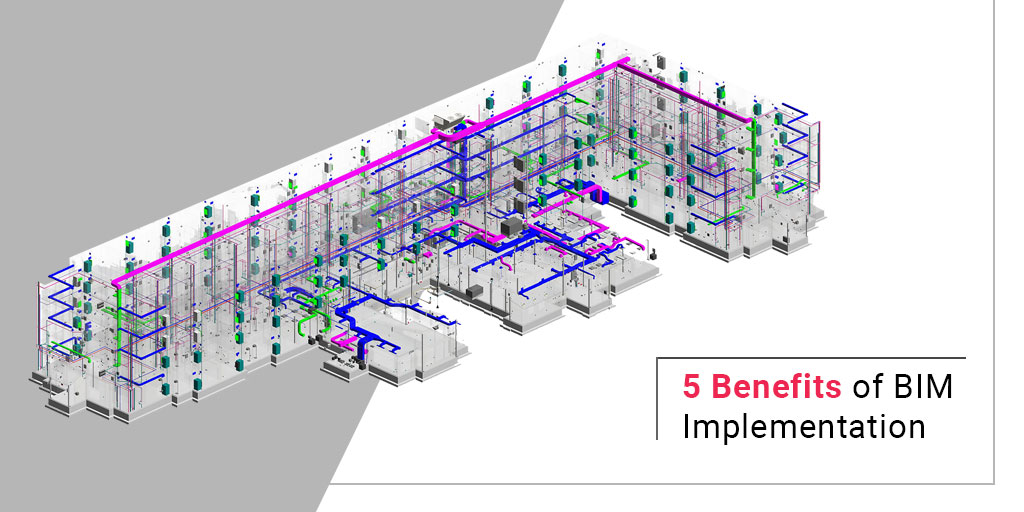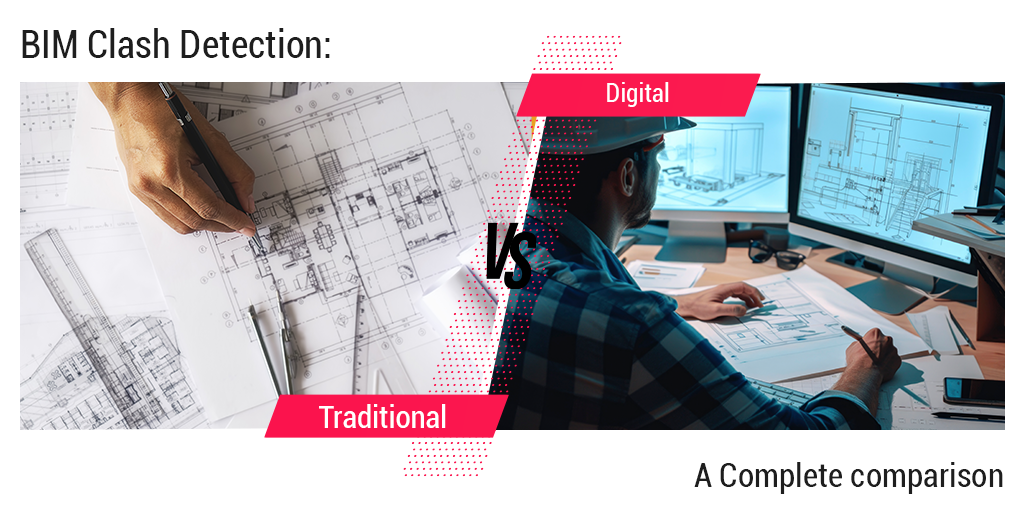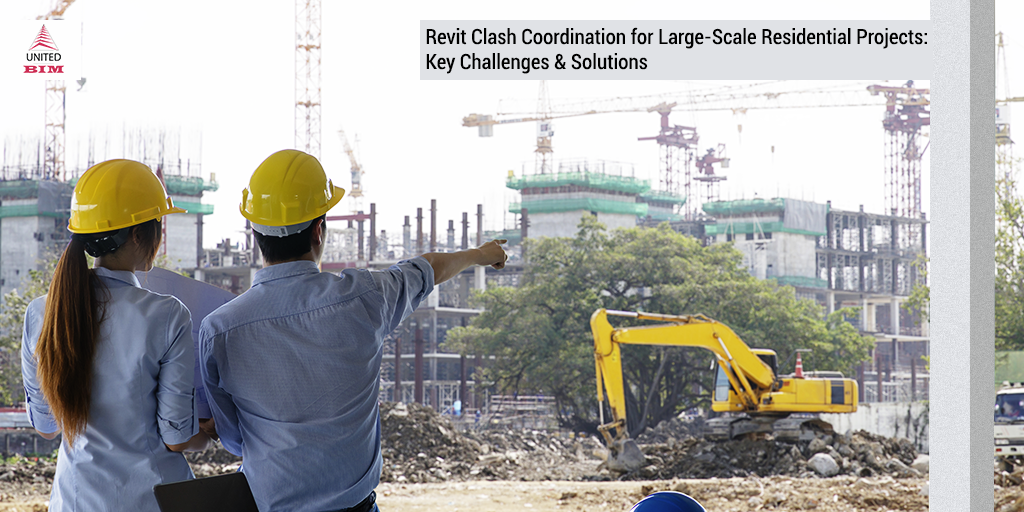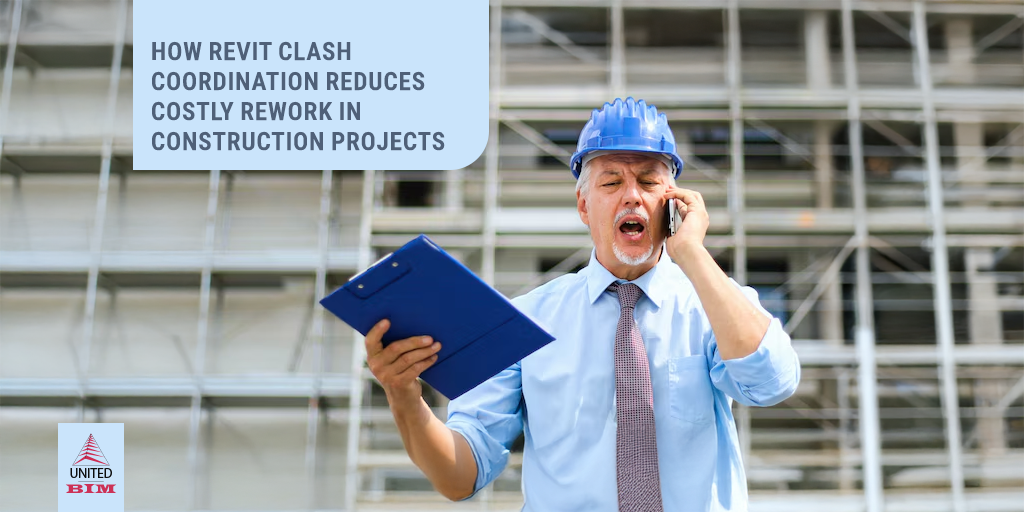Last updated on: January 2, 2025
BIM, (Building Information Modeling), isn’t exactly new—most people in the AEC (Architecture, Engineering, and Construction) field are quite familiar with it. Autodesk, the company behind popular BIM tools like Revit and AutoCAD, puts it briefly: “A change anywhere is change everywhere.” This means that updates are instant and automatic, without needing extra work from users.
BIM is an intelligent model-based process that creates coordinated and computable building data, enabling construction professionals to design, build, and operate infrastructure more efficiently. A true BIM model acts as a digital twin of a building, allowing virtual construction before physical work begins.
Construction leaders, such as Russell and Dawson, have adopted BIM as their standard practice over the past five years, achieving exceptional results. Drawing from our own experience, we’ve compiled some of the key benefits of BIM for construction:
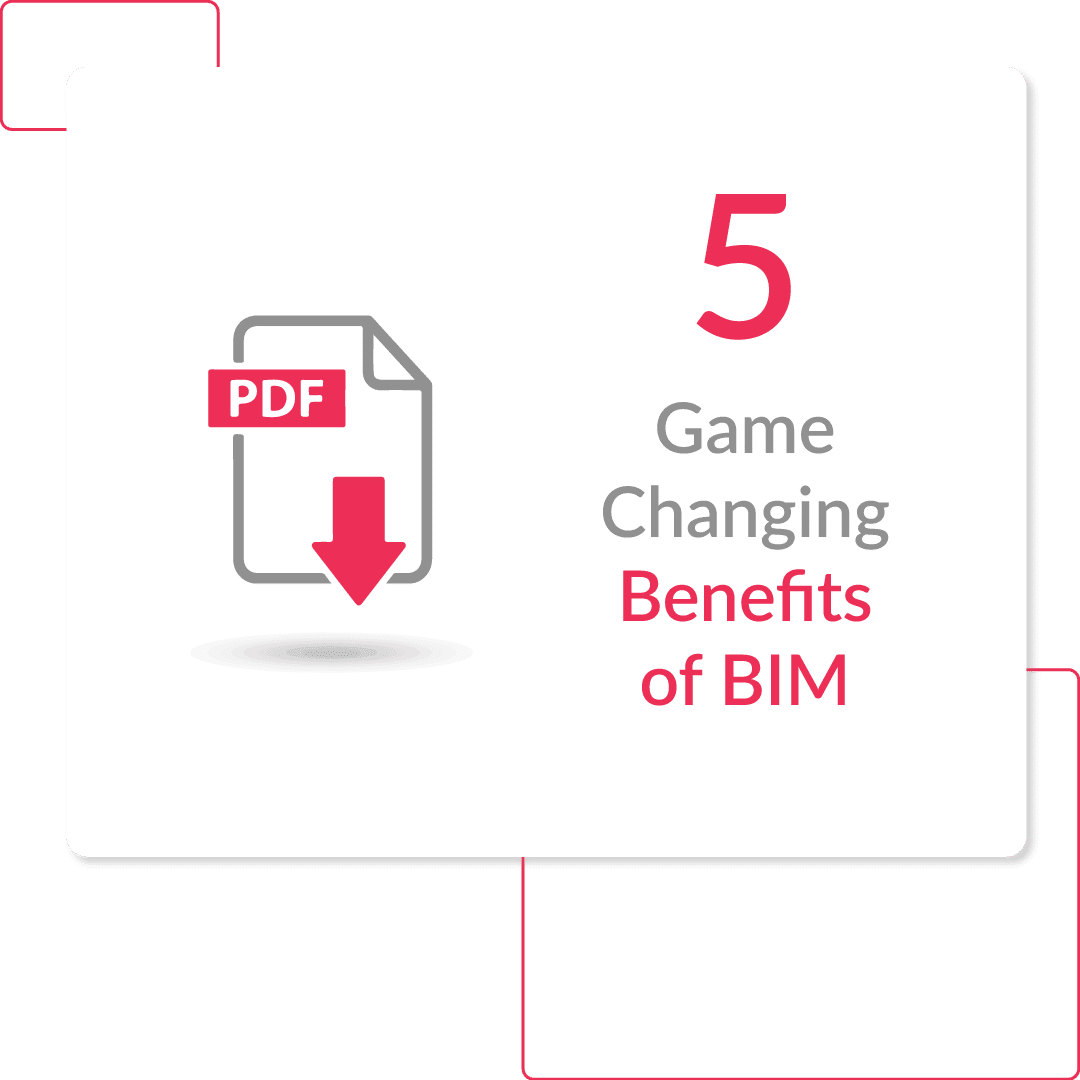
No worries. Let us send you a copy so you can read it when it’s convenient for you. Just let us know where to send it.
Why BIM Matters in Construction
We would like to describe BIM as the “Best Intelligent Method” for the construction lifecycle, streamlining processes from concept and design to execution and maintenance. Here’s why BIM has become indispensable for modern construction projects:
There are many benefits of BIM. One of our clients, Russell and Dawson have adopted BIM as their standard modus operandi for the past 5 years and all of their projects reap the benefits of BIM. Based on our experience, we see the following are the key benefits of BIM
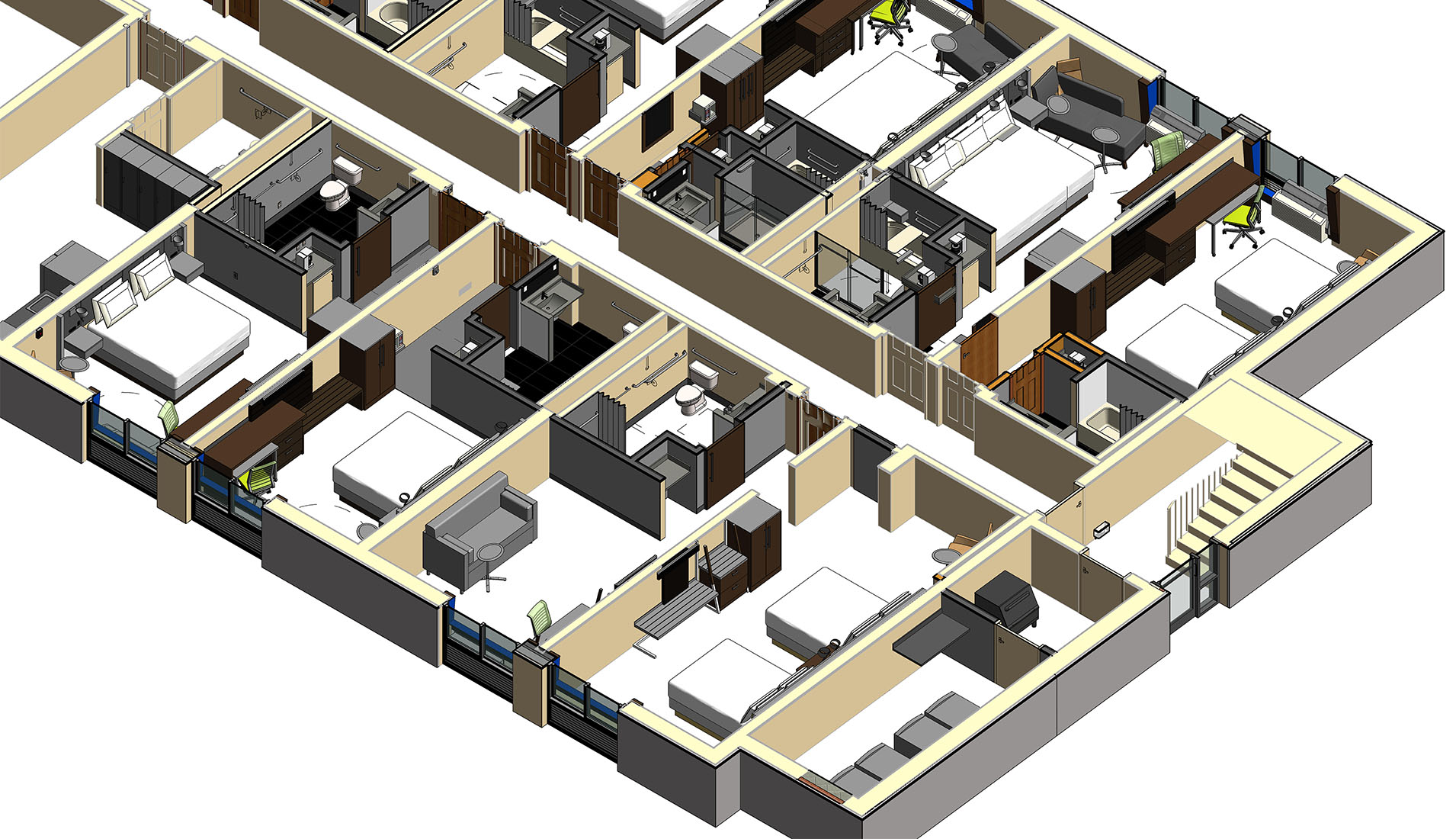
1. Enhanced Collaboration and Coordination
Construction projects are inherently complex, involving multiple stakeholders—architects, engineers, contractors, and subcontractors—working together across different stages. Miscommunication or isolated designs often lead to errors or costly rework during construction.
BIM integrates architectural, structural, and MEP (Mechanical, Electrical, and Plumbing) designs into a single, coordinated model, significantly reducing clashes and improving collaboration. For example, during pre-construction, BIM’s clash detection tools ensure that structural elements don’t interfere with ductwork or piping.
“Through access to multi-discipline design information, BIM helps streamline collaboration, ensuring seamless communication across all stakeholders in the construction process.”
2. Realistic Visualizations for Better Planning
Traditional 2D blueprints often fall short in conveying the full scope of a project, making it difficult for contractors to visualize the end result. BIM, on the other hand, provides 3D visualizations that accurately represent the project in a real-world context.
Construction teams can use these visualizations to plan more effectively, identify potential risks, and make informed decisions before breaking ground. With 3D rendering services and architectural visualization, you can actually see the entire design even before starting the construction.
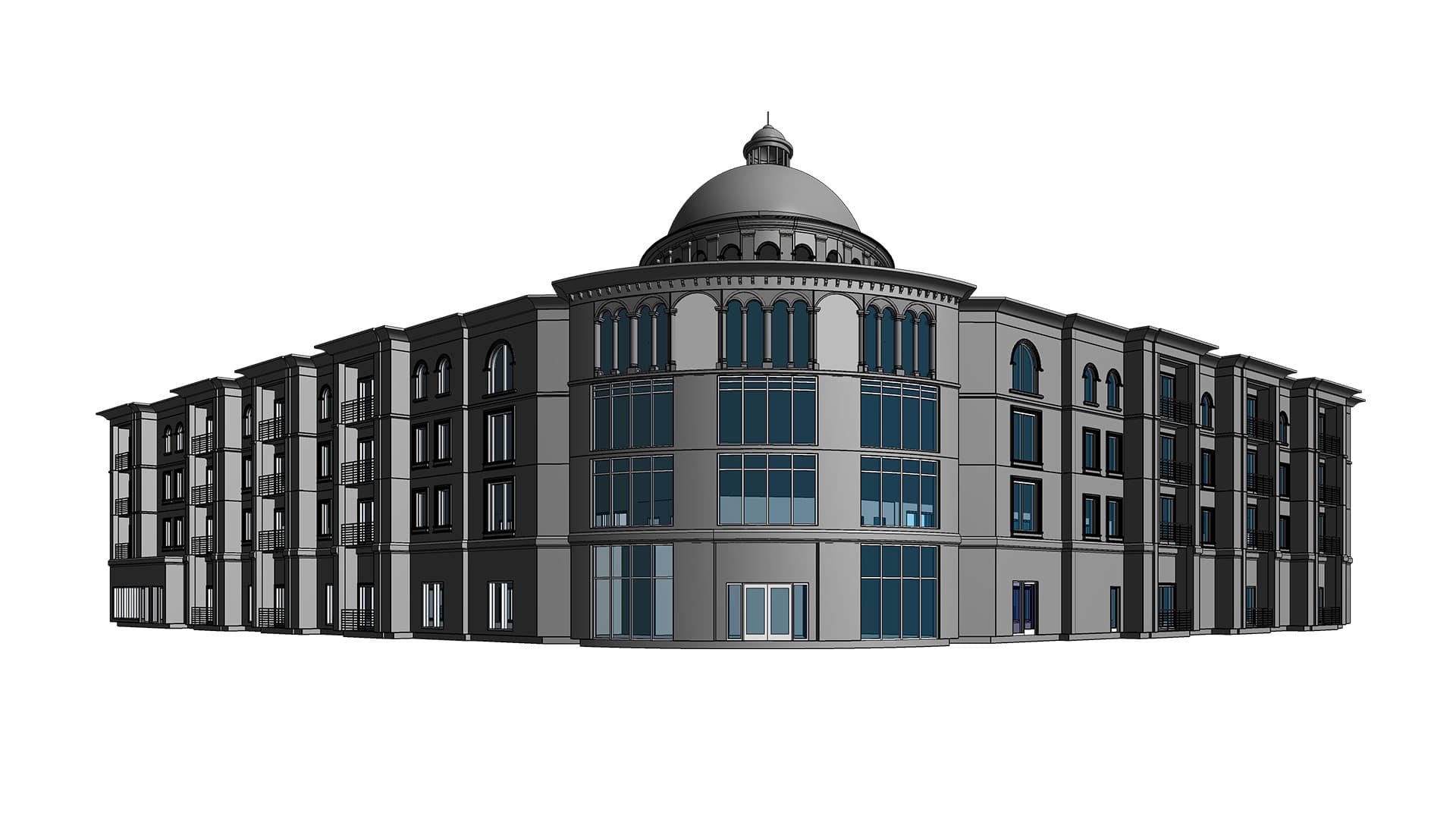
3. Cost-Effective Construction:
In construction, unexpected costs can spiral out of control, particularly when design errors surface during the building phase. Imagine a scenario where a structural column clashes with HVAC ductwork mid-construction—resolving this on-site can lead to delays and additional expenses.
With the help of BIM, you can run the Clash Detection, before your construction starts and you can cope up with those possible clashes. Additionally, BIM’s streamlined documentation and real-time updates reduce redundancy, speeding up the project timeline and lowering labor costs.
Key takeaway: BIM enables construction teams to deliver projects on time and within budget by minimizing waste and maximizing efficiency
4. Accessible and Up-to-Date Information:
Construction projects often involve hundreds of professionals working across multiple disciplines. Without centralized data, even a minor design update can lead to widespread confusion.
With BIM, every stakeholder has access to the latest project information, ensuring seamless coordination. For instance, if a structural engineer updates a floor plan, the changes are instantly reflected across the entire BIM model, keeping contractors, fabricators, and installers on the same page.
This transparency improves decision-making during construction, reducing the risk of errors caused by outdated information.
5. Boosted Productivity for Construction Teams
BIM is designed to enhance productivity throughout the construction process. Its coordinated approach minimizes bottlenecks by ensuring that all parties have accurate and actionable data.
The target of every AEC project is to complete the project in scheduled time and budget. At any stage, if you get stuck, the entire project can suffer from it. The reasons that can happen are inaccurate design information, wrong design coordination in multi-discipline design (Architectural, Structural & MEP).
For construction managers, BIM enables precise project scheduling, helping teams stick to tight deadlines without sacrificing quality. Additionally, BIM reduces the time spent on resolving design conflicts, allowing workers to focus on execution rather than rework.
In essence, BIM drives construction efficiency, ensuring projects are delivered faster and more cost-effectively.
Benefits of BIM
- Digital Integration: Unified data across all stages of construction
- Real-Time Visualizations: Enhanced pre-construction planning with 3D models.
- Improved Coordination: Fewer clashes and smoother workflows.
- Cost Management: Reduced rework and controlled budgets.
- Productivity Gains: Faster, more efficient construction processes
Must-Read for More Insights: BIM Definition, Software Tools & Benefits
Here are examples of our recent projects across various sectors, we utilized Revit Architecture, MEP, and Structural, as well as Navisworks, 3D Studio Max, AutoCAD and Tekla’s Tedds and Shear wall.
- Fairfield Inn & Suites, Williamstown, MA
- Courtyard, West Springfield, MA
- Hampton Inn & Suites, Keene, NH
- Accutime Ellington, CT
- Alloy Specialties Manchester, CT
- McGivney & Kluger Hartford, CT
- Spay & Neuter Clinic, East Hartford, CT
- Greenwich Hospital Greenwich, CT
- Extra Space Storage (South building extension) Hartford, CT
- Town and Country Package Store, East Hartford, CT
- Silver Lane Shopping, East Hartford, CT
Wrapping Up
At United-BIM, we believe BIM is a game-changer for the construction industry, seamlessly connecting design and construction to ensure successful outcomes. By improving collaboration, reducing errors, and offering advanced visualization tools, BIM enhances every phase of a construction project.
Whether you’re dealing with large-scale commercial projects or intricate residential builds, BIM provides the tools to stay on schedule and within budget. As we continue to push the boundaries of BIM, we’re always looking for ways to make construction faster, smarter, and more efficient.
Think of BIM as a virtual version of your building—it lets you plan, design, and build smarter. It’s like having a crystal ball to foresee and fix issues before they even happen on-site.
Imagine everyone on your project—architects, engineers, and contractors—using the same playbook. BIM keeps everyone on the same page, with real-time updates so there’s no confusion or missed changes
Absolutely! By identifying clashes and inefficiencies early, BIM prevents costly rework and delays. Plus, it helps you stick to your budget by optimizing materials and time.
Not at all! While it’s a game-changer for big projects, smaller teams can also benefit from streamlined workflows and better visualization. BIM works for projects of all sizes.
The future looks digital and connected! BIM is evolving to include AI, automation, and even smart sensors, making construction faster, greener, and safer.
Picture this: You change one detail, and BIM updates everything—floor plans, elevations, and even material schedules—instantly. No scrambling to fix things manually!
About the Author

Coordination Manager / VDC Manager at United BIM
With over 10 years of experience in the AEC industry, Akash Patel is a seasoned Coordination Manager and VDC Manager at United BIM. His expertise lies in managing complex MEP-FP coordination projects and leveraging cutting-edge BIM technology to ensure seamless collaboration and precision. Akash is dedicated to delivering high-quality, detailed models that meet the demands of modern construction. He is passionate about optimizing workflows and driving innovation within the BIM field.
